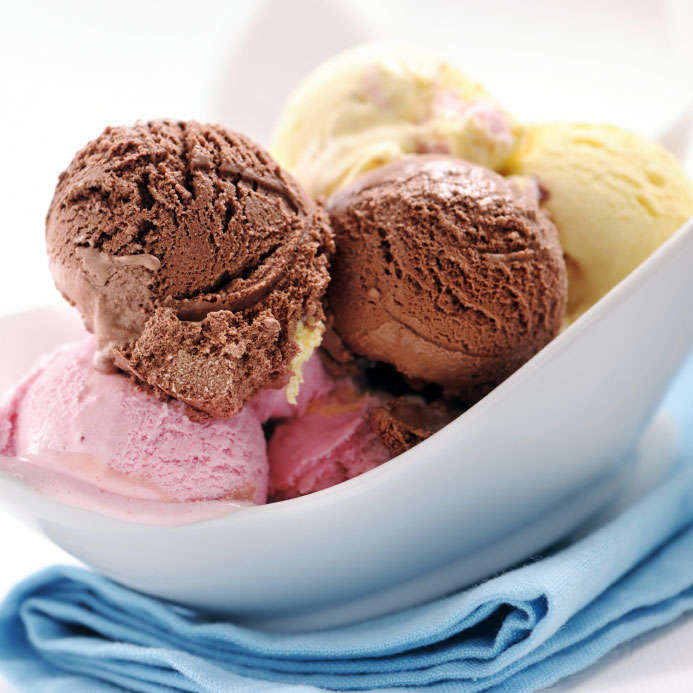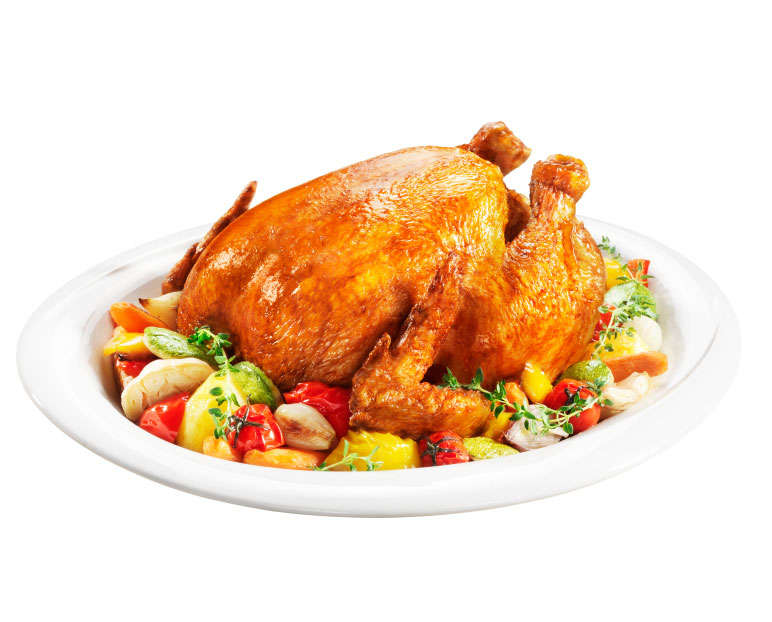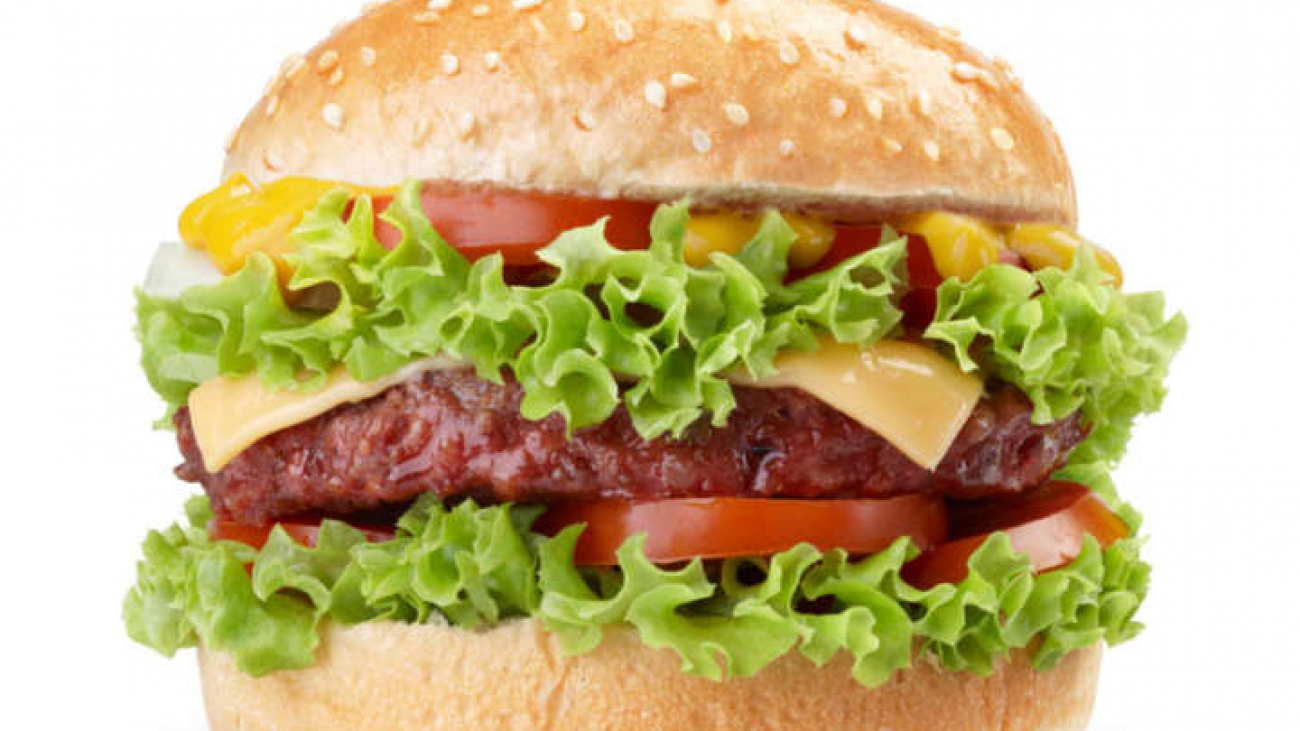Back in 2011, Dominos Pizza released its now legendary “Show Us Your Pizza” campaign. The campaign was a response to the misleading advertising that had angered customers worldwide. Expecting to receive a delicious, picturesque pizza as shown in the commercials, many customers received an abomination with cheese stuck to the top of the box. So Dominos took a huge risk by creating a campaign that trashed their old product, admitting that they had done wrong and promised to do better. The campaign worked brilliantly.
However, this blog is not about turnaround campaigns like the one that Dominos employed. Rather, it is an exploration into an element of the original Dominos advertising. That element being, “How did they get the food to look so good on TV if it doesn’t look like that in real life?”
We would like to introduce you into the world of food styling. This blog will discuss three common food products that are advertised, and the tricks of the trade that makes them look so delicious in advertising.
Burgers
Making a photo-perfect burger is a multi step process. Beginning with the burger patty. The burger patty needs to be cooked, but only for about 20 seconds on each side. This is to make it look like it is cooked, but not to remove too much moisture. The patty remains plump and avoids looking dried out.
Next is the patty’s the “grill marks.” In order to create the look of the seared lines that would appear if a burger was grilled, the food stylist heats a metal skewer to a red-hot heat and then presses it onto the patty. The food stylist will then press the skewer several times side-by-side until realistic grill marks are achieved.
Now the bun needs to be prepared. The food stylist will sort through dozens of burger buns, until they find the perfect size bun – not squashed or too small. The bun also needs to have the sesame seeds rearranged to look more even. The food stylist will use glue and forceps to reposition the seeds on the bun. They will also put a small piece of cardboard on the lower bun that will be used to hold the patty. This prevents the lower bun from getting soggy from the grease.
Now it’s time for the veggies and condiments. The food stylist will find the best pieces of lettuce, tomato etc. They are sprayed with glycerine – a form of sugar syrup – to keep the veggies looking moist but never actually becoming dry. The vegetables are pinned to the bun with toothpicks to position them perfectly. The camera doesn’t see this, because it is done at the part of the burger that is not facing the camera.
What results is an uncooked, glue-covered, toothpick-stuffed burger that is practically inedible but looks absolutely amazing.

Ice Cream
The key to making ice cream look amazing is simple – don’t use real ice cream. Ice cream is very difficult to work with in advertising shoots because it melts. This means that there is little time to set up a shot and have everything look perfect. The solution that many advertisers make is to create a mixture that resembles ice cream, but does not melt or change shape.
The ingredients used to make faux-cream is:
- Vegetable Shortening
- Butter Shortening
- Food Dye (to match the colour of the desired ice cream ‘flavour’
- Corn Syrup
- Powdered sugar and
- Glue (we will get to this later)
When you mix all of the above ingredients (except for the glue), you get a substance that looks somewhere between dough and clay. When you scoop it out with an ice-cream scooper, the substance creates little rips and ridges almost identical to real ice cream. Sometimes the food stylist will remove parts of the mixture to create the perfect “collar” of ice cream under the mound.
But, we all know that real ice cream melts. Although it is not good to have a huge amount of melted ice cream, a little bit looks appetising and realistic. This is where the glue comes in. The food stylist will mix white glue with a little bit of food dye, until it matches the colour of the ice cream. Then they will apply it gently to the sides of the faux-cream and around the base. Sometimes they will use other products such as yogurt.

Chicken
With fast food Chicken advertising everywhere, you are bound seen one of the ads. These ads make chicken look so delicious, but little do people know that normally the chicken is raw underneath!
Wait. What?
Yeah, it’s raw. Or at the very least, very undercooked.
Now why is that?
When chicken is cooked, it loses a lot of its moisture and can look dried out as a result (at least in comparison to a raw chicken). Also, the skin will peel back in parts and the chicken will look imperfect on the camera. So in order to combat this problem, food stylists will brush the chicken with a brown colour paste. The paste gives the illusion that the chicken is cooked, and doesn’t wrinkle the chicken’s skin.
Next the chicken needs to have certain areas where it is more ‘cooked’ (such as the wing tips). The food stylist will create a thicker-concentration of brown colour paste, similar to a boot-polish consistency, and apply it to the areas.
Finally the chicken needs some herbs! This step is as simple as grabbing some herbs and sprinkling it over the uncooked chicken.
So next time you see delicious food advertisements you may be thinking, how did they make that look so good? But now you will be all the wiser.



